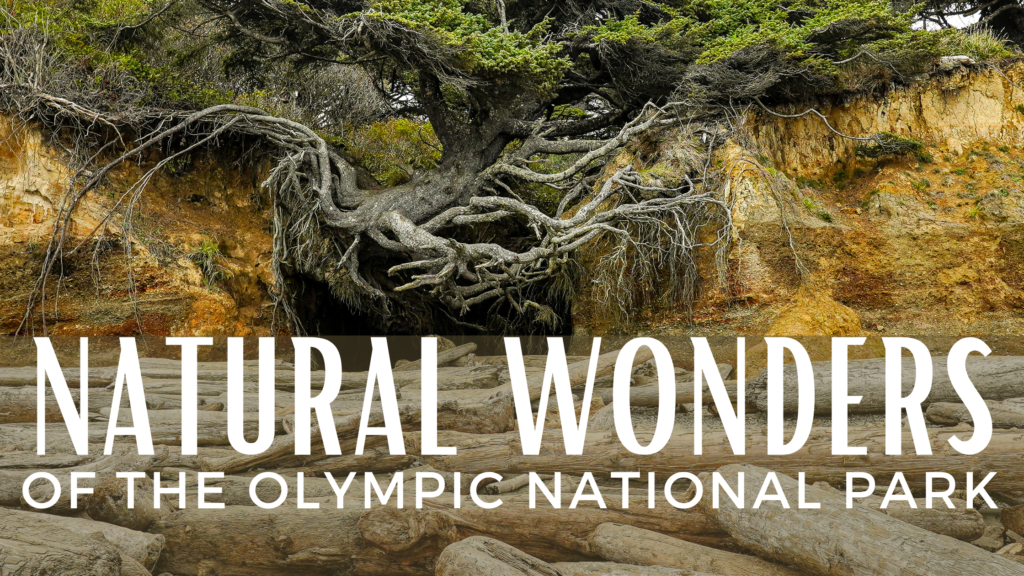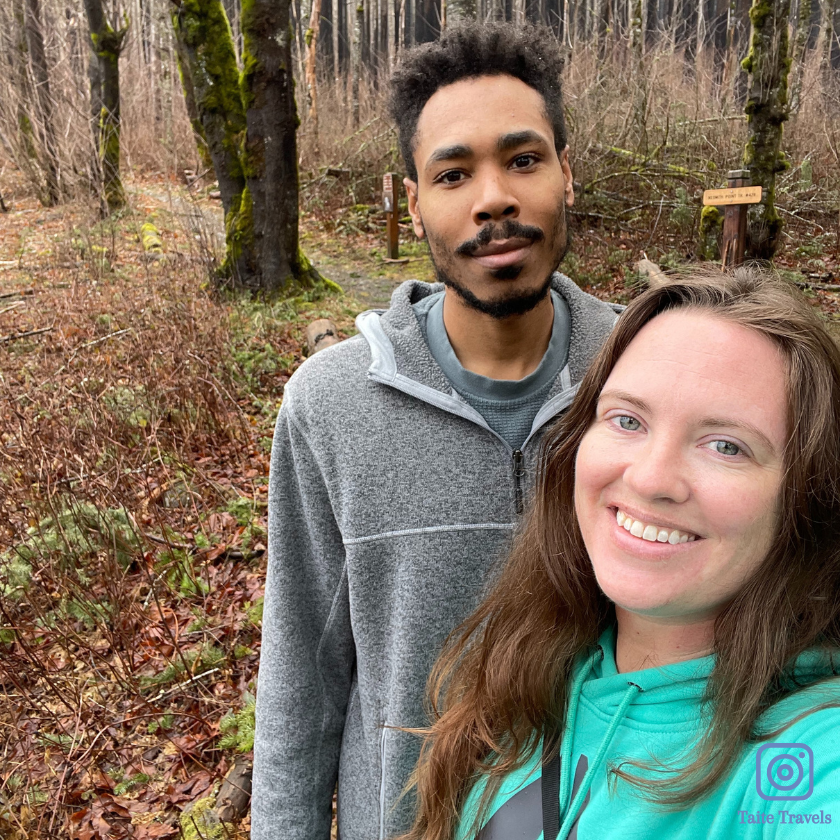Welcome back to our exploration of Olympic National Park. Let’s take a closer look at the park’s incredible natural wonders, from its diverse ecosystems to the key landmarks that make this place so remarkable.
Diverse Ecosystems
Olympic National Park’s claim to fame lies in its unparalleled diversity of ecosystems. Beyond the coastal, mountain, and rainforest regions we touched on earlier, the park boasts even more unique environments that beg to be explored. Let’s dive into all the Olympic National Park Natural Wonders.!
Olympic National Park Natural Wonders | Rainforests
The Olympic rainforests are a unique natural wonder, standing out as one of the few temperate rainforests worldwide. Their towering trees, like the Sitka spruce and Douglas fir, reach impressive heights of over 300 feet, creating an enchanting canopy. These rainforests experience remarkable rainfall, notably the Hoh Rainforest, which receives around 140 to 170 inches annually. Draped in lush mosses and lichens, the trees take on a magical appearance, while some are ancient giants, dating back 500 to 1,000 years. Teeming with diverse wildlife, including black bears and Roosevelt elk, they also hold deep cultural significance for indigenous tribes like the Quileute and Hoh. These rainforests are not only a haven for nature enthusiasts but also a UNESCO World Heritage Site and International Biosphere Reserve, showcasing their global ecological importance. Whether you seek adventure or tranquility, exploring these rainforests offers an unforgettable encounter with nature’s wonders.
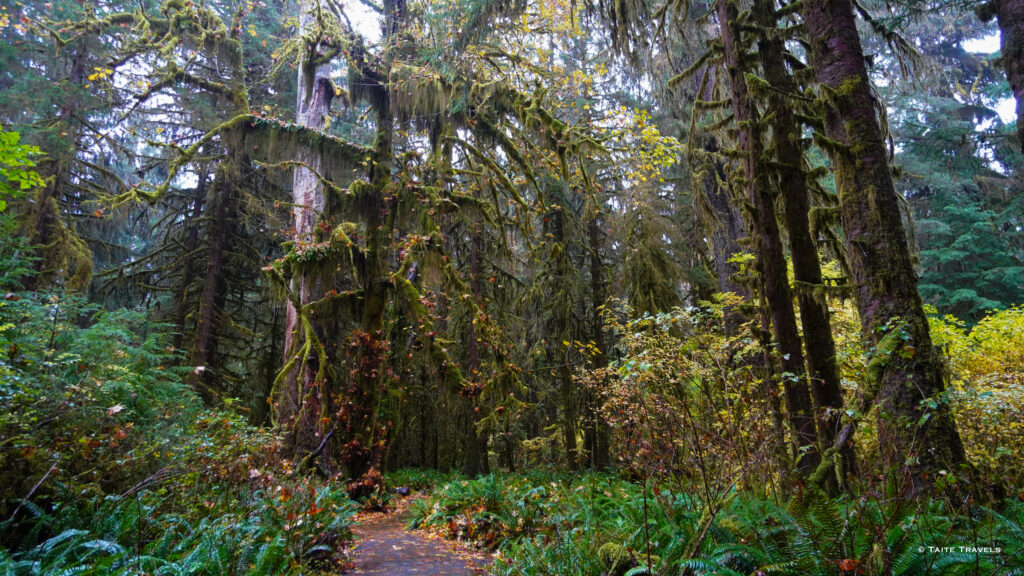
Olympic National Park Natural Wonders | Lakes
The lakes in Olympic National Park is another wonderful natural wonder. Surrounded by forests and framed by mountains, these crystal clear waters provide a captivating backdrop for photographers and nature enthusiasts. With well-maintained hiking trails leading to places like Devil’s Punchbowl at Lake Crescent. Hiking trails of varying difficulty levels, and if you like to fish, you will appreciate the abundance of trout and other fish species. Lakeside camping allows for immersion in the tranquility of the wilderness, while wildlife enthusiasts can spot otters, waterfowl, and perhaps even elk or bears. For photographers, the lakes present endless opportunities, with their stunning scenery and changing weather patterns.
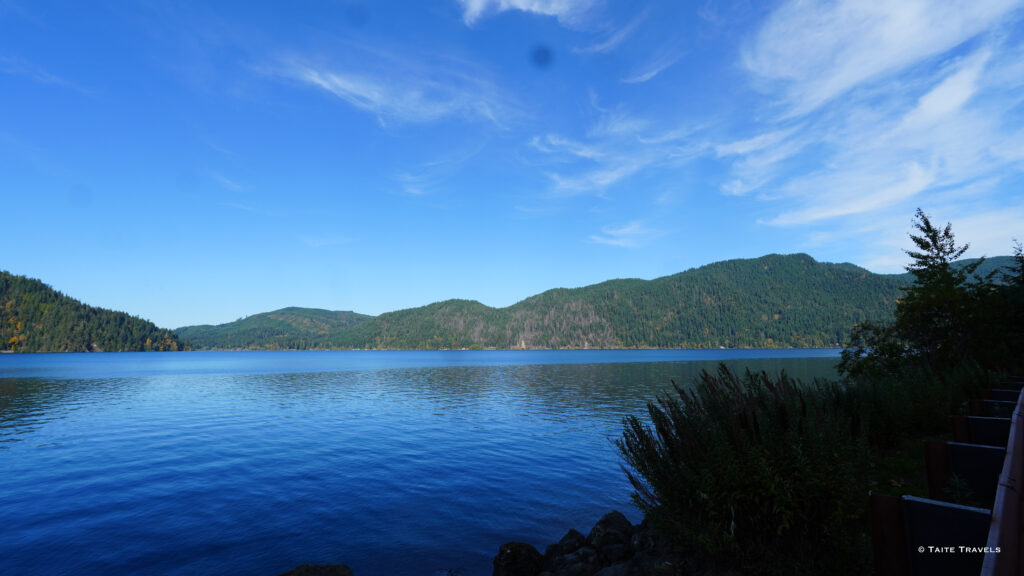
Olympic National Park Natural Wonders | Coasts
The coast of Olympic National Park is a rugged and untamed beauty, stretching for over 70 miles. Its iconic sea stacks rise from the ocean, serving as picturesque subjects for photographers. Along its shores, tide pools teem with marine life, offering an educational glimpse into the underwater world. Hikers can explore coastal trails, including the Third Beach Trail, which winds through lush forests and into the shoreline. The indigenous tribes have called this place home for thousands of years, infusing this area with rich cultural significance. Storm watchers are also drawn to the dramatic clashes of Pacific unpredictability. As the sun sets over the the ocean, the coast treats visitors to some of the most breathtaking sunset views in the Pacific Northwest.
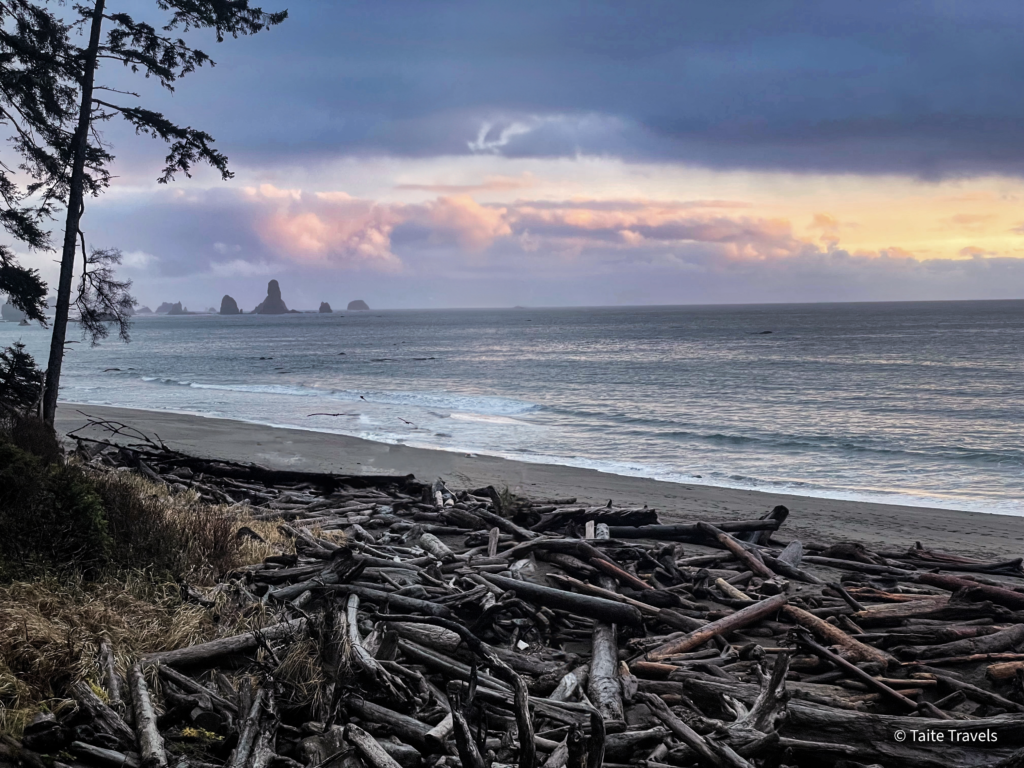
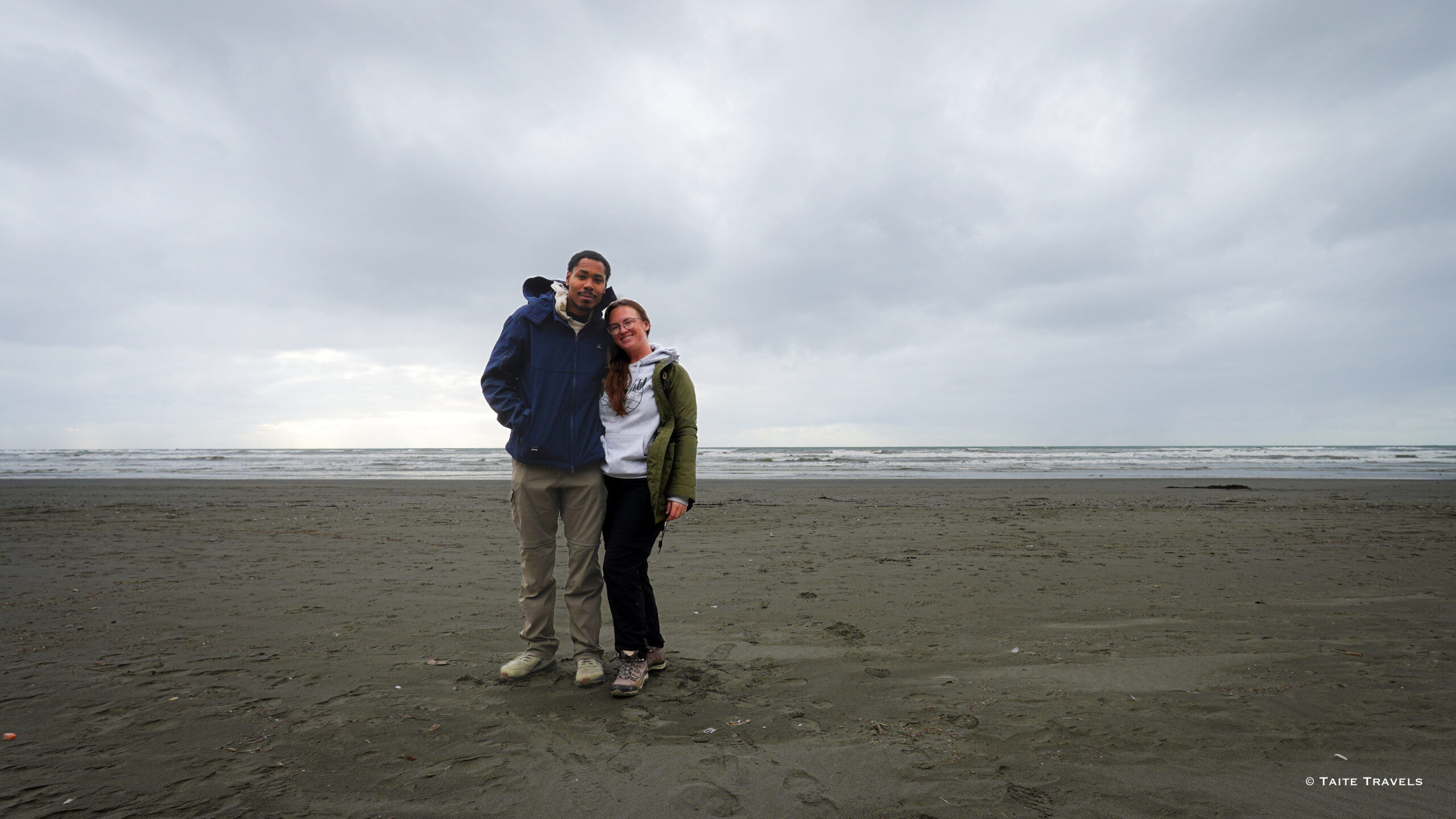
Share with Friends & Family
Key Natural Landmarks
There is not enough internet space to cover every single natural landmark that the Olympic National Park offers. Here are just some of our favorites!
Tree of Life
When we first heard of the Tree of Life, we were very intrigued. How could a tree still be thriving without the earth protecting it’s roots. Although this tree is not longer growing, it’s still holding strong in the unruly Washington coast. This natural wonder is one of the most photographed and visited spots in the park, embodying survival against all odds.
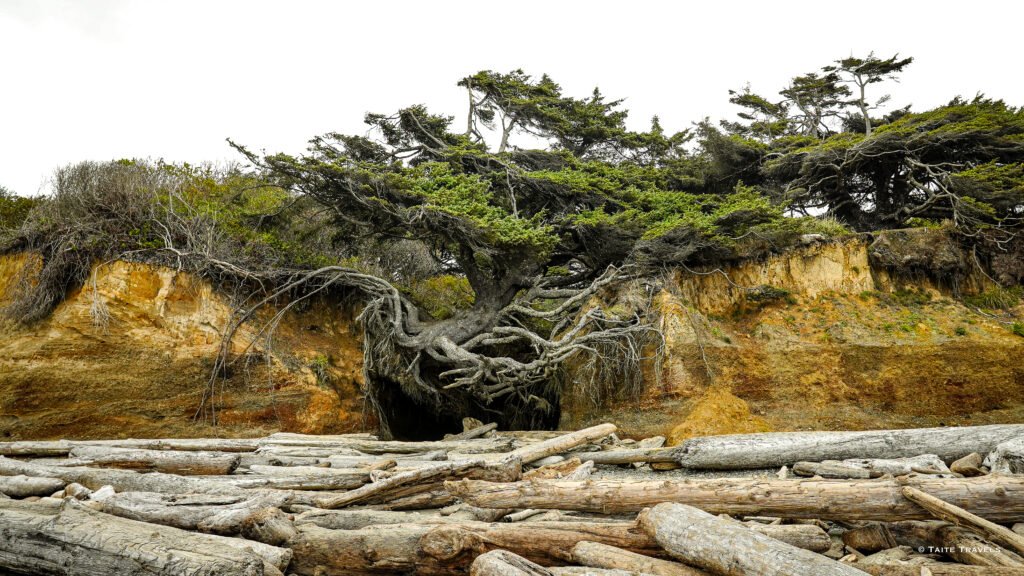
Tree of Life
Hall of Moses
The Hall of Mosses is a mesmerizing trail in Olympic National Park, known for its lush, moss-draped trees that create an almost otherworldly atmosphere. As one of the park’s most iconic and photographed spots, this ancient forest captures the essence of the Pacific Northwest’s temperate rainforest and is a testament to the area’s biodiversity. In addition to its ethereal beauty, the Hall of Mosses offers an easy hike that’s just under a mile, making it accessible for visitors of all ages.
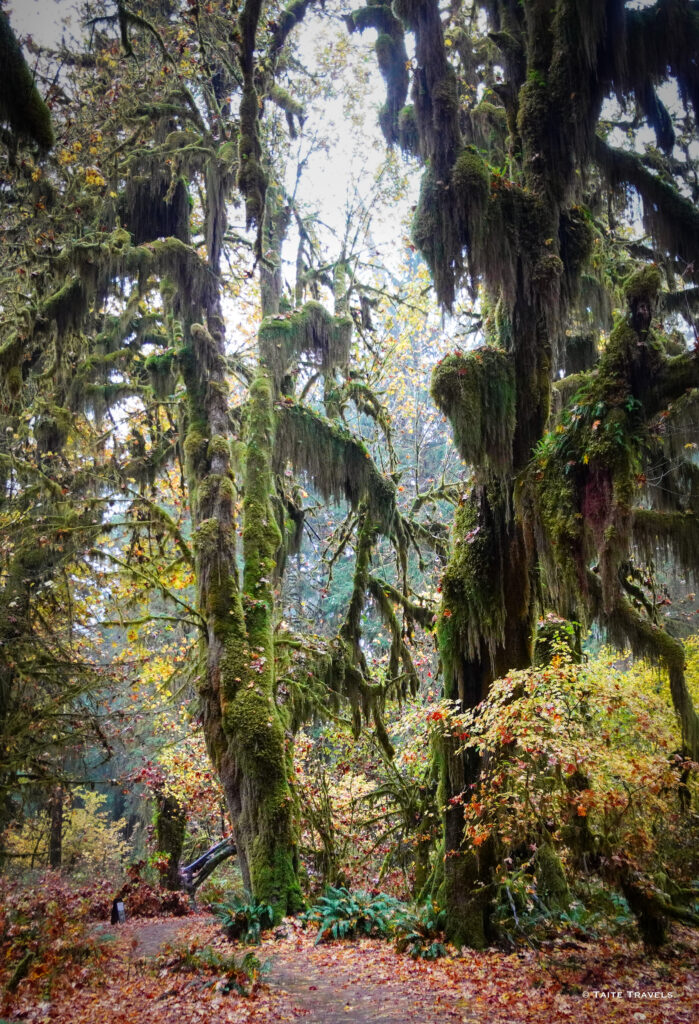
Hall of Mosses
Largest Spruce Tree
Located in the heart of the Quinault Rainforest, the world’s largest Sitka Spruce stands as an awe-inspiring symbol of the natural grandeur the Pacific Northwest has to offer. Boasting a circumference of 58 feet, 11 inches, a diameter of 18 feet, 9 inches, and reaching a staggering height of 191 feet, this tree is nothing short of awe-inspiring and leaves anyone who stands under it humbled by its towering presence. This living giant not only embodies the majesty of the forest but also stands as a testament to nature’s remarkable resilience.
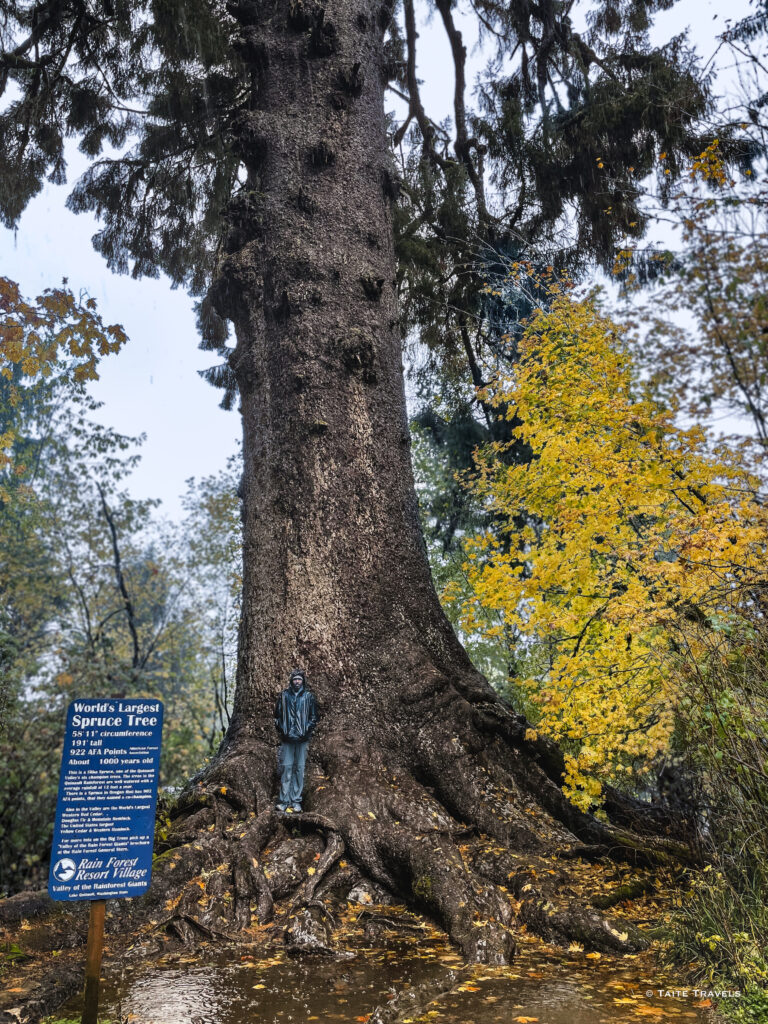
World’s Largest Spruce Tree
Information About the Park’s Geology and Ecology
Understanding the geology and ecology helps to appreciate all of Natural Wonders of the Olympic National Park!
Geological
The Olympic Mountains are unique in that they are not connected to any other major mountain range, making their geology particularly fascinating. They were formed by the complex interaction of tectonic plates, resulting in their isolated and distinctive character. This geologic history is responsible for the park’s varied landscapes, from rugged peaks to lush valleys. Click here to learn more about the geology world!
Ecological
Olympic National Park is a UNESCO World Heritage Site and International Biosphere Reserve, recognized for its outstanding ecological value. The diverse ecosystems within the park support a wide range of plant and animal species. Conservation efforts are ongoing to protect these fragile environments and the creatures that call them home.

